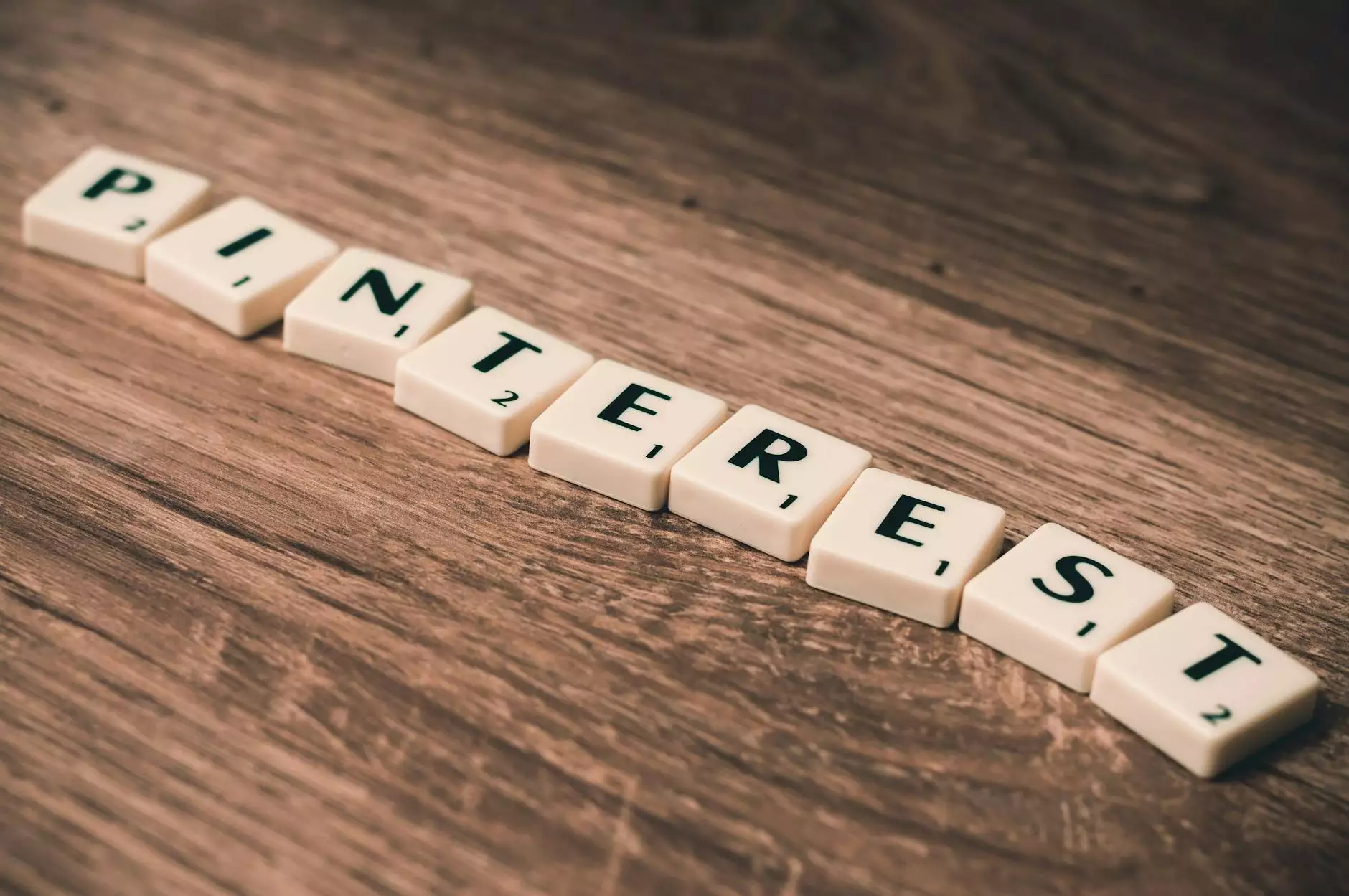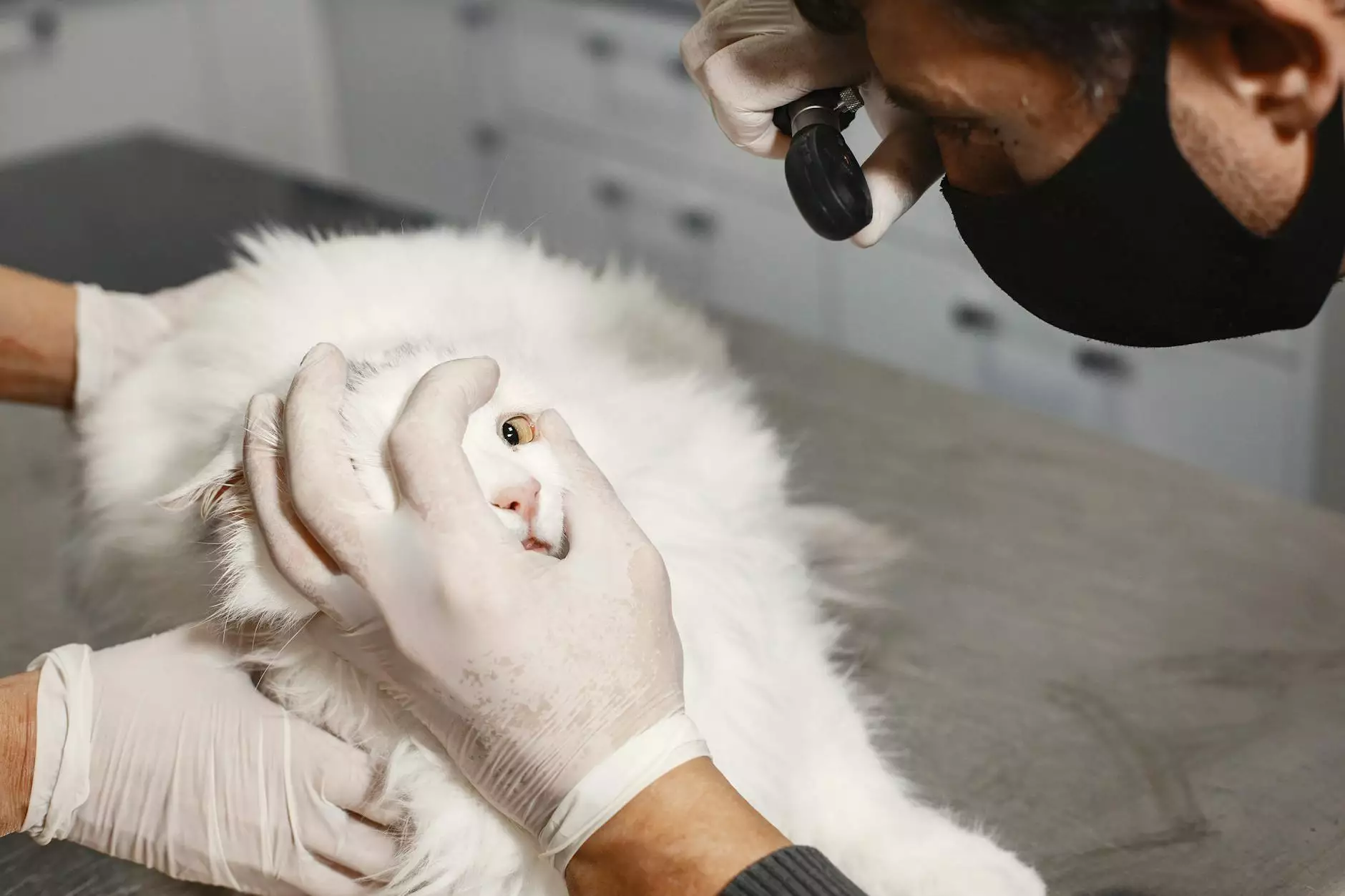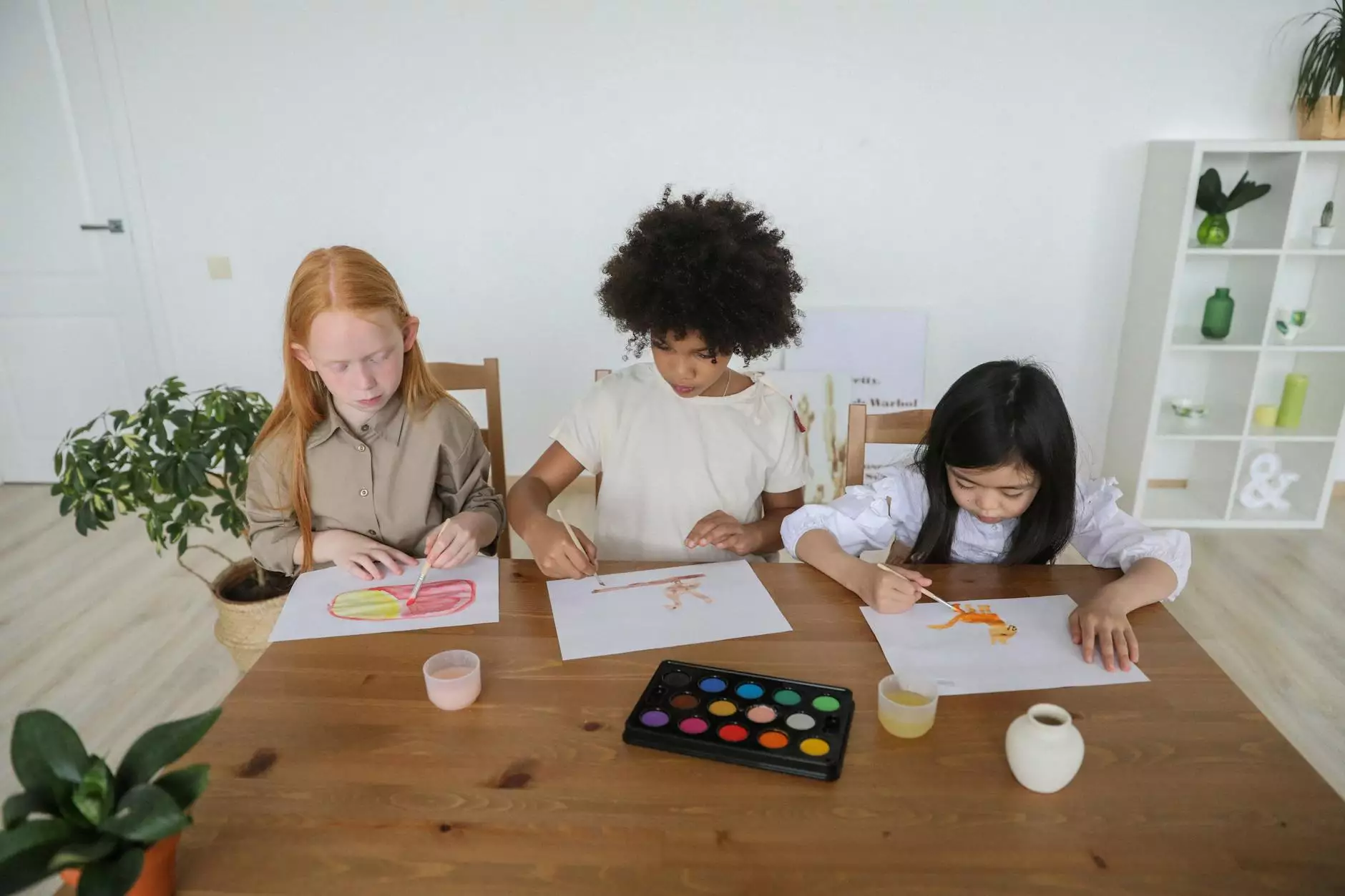LinkedIn Stories: Must-Have or Epic Fail?
Blog
The Rise of LinkedIn Stories
As the world's largest professional networking platform, LinkedIn continues to innovate and adapt to the changing social media landscape. One of its latest additions is the introduction of LinkedIn Stories. Much like the popular Stories feature found on other social media platforms, LinkedIn Stories allow users to share temporary updates that disappear after 24 hours.
LinkedIn Stories provide a unique opportunity for professionals to showcase their creativity, share insights, and engage with their connections in a more casual and immediate way. With the potential to drive more visibility and encourage authentic interactions, the question arises: are LinkedIn Stories a must-have feature or an epic fail?
The Benefits of LinkedIn Stories
1. Expressing Authenticity: Stories allow professionals to share moments from their workday, whether it's attending an industry event, participating in a conference, or showcasing their creative process. By sharing these real-time glimpses, professionals can humanize their personal brand and build stronger connections with their audience.
2. Increased Visibility: LinkedIn Stories appear at the top of the LinkedIn feed, ensuring that they grab the attention of users. This prime placement provides an opportunity for professionals and businesses to increase their visibility, especially among their existing connections. With the platform's algorithm favoring stories, there is a higher chance of reaching a larger audience.
3. Engaging with Connections: Stories offer a more engaging way to interact with connections on LinkedIn. Users can respond directly to stories by sending messages, reacting with emojis, or even sharing their own experiences. This two-way interaction fosters meaningful conversations and strengthens professional relationships.
Best Practices for LinkedIn Stories
1. Be Strategic: Rather than posting random updates, plan your LinkedIn Stories with a clear purpose in mind. Consider your target audience and the message you want to convey. Whether it's sharing industry insights, giving a behind-the-scenes look at your work, or promoting your latest project, ensure your stories align with your professional goals.
2. Showcase Expertise: Use LinkedIn Stories to position yourself as an industry expert. Share valuable tips, insights, or mini-tutorials that showcase your knowledge and expertise. This not only adds value to your connections but also establishes you as a trusted authority in your field.
3. Keep It Professional: While LinkedIn Stories allow for a more casual and informal approach, it's important to remember that LinkedIn is primarily a professional networking platform. Avoid controversial topics, excessive personal updates, or content that doesn't align with your professional image.
The Future of LinkedIn Stories
While LinkedIn Stories are still relatively new, their potential impact on professional networking is significant. As more users embrace this feature, it is expected that LinkedIn will continue to refine and expand its functionality.
LinkedIn Stories have the potential to revolutionize how professionals connect, engage, and share their journeys. By leveraging this feature strategically and staying true to the professional nature of the platform, individuals and businesses can harness the power of LinkedIn Stories to enhance their online presence and build meaningful connections within their industry.
Conclusion
LinkedIn Stories offer an exciting opportunity for professionals in the arts and entertainment - visual arts and design category to level up their online presence. With their ability to express authenticity, increase visibility, and engage with connections, LinkedIn Stories can be a valuable addition to any professional's social media toolkit. By following best practices and staying true to the platform's professional nature, individuals and businesses can use LinkedIn Stories to make a lasting impact and elevate their professional brand.




